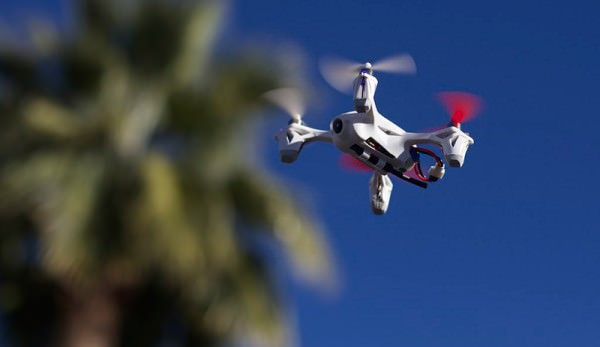
We hear a lot about how drones, or unmanned aerial vehicles (UAVs), will be used to deliver packages, to beam internet into remote areas of the world or to map out disasters for first responders. But how will they impact farming? And will that impact make them standard on farms—a toolshed fixture as perfectly usual as the hoe or shovel is today?
Naturally, the advantages of having a flying machine to do some of your work are immediately apparent, if not borderline fantasy. Farmers like tools, especially tools that make what they do more efficient. When they don’t compact the soil? Even better. And if drones can do that, they would be embraced. But I have a feeling they will do a whole lot more than just save the farmer a few footsteps. I have a feeling, even as someone who generally eschews new technology, they could very well change everything.
What’s Available Now
Imaging is where drones will have their first impact—but these won’t be any old farm photos. The bird’s-eye view can show you disease before you can see it on the ground level, capturing infrared images to combine with visual images that, as Chris Anderson describes in the MIT Technology Review, “create a view of the crop that highlights differences between healthy and distressed plants in a way that can’t be seen with the naked eye.” These agricultural UAVs can also count crops, measure them, check their density and detect anomalies. Of course, there are ways to measure these statistics now, but not every day, not over vast acreage and not by yourself.
The advantages to this are numerous. Organic or conventional farmers alike can see where their crops are needing assistance with pests, disease or fertility and can apply their solutions directly to the affected areas. This will save money for the farmer on expensive treatments and time, no doubt, but also keep unnecessary pollutants out of the air and water.
What Is Coming
It is not hard—if not downright irresistible—to think of what drones may provide farmers in the future. According to the Association of Unmanned Vehicles International, as much as 80 percent of the commercial market for drones will be agricultural, and they’ll likely comprise more than simple infrared cameras. Drones will soon deliver packages, for example. What’s to keep them from delivering feed to livestock or tools from one end of the farm to the other? Or what’s to stop them from identifying a pest or disease and applying the treatment themselves? What if a small fleet of drones could be used on large cattle farmer like autonomous sheep dogs, measuring brick levels in grass and moving herds accordingly to make most efficient use of forage without need of a farmer? The fleet could then go and pull the chicken tractors behind the herd—carbon farming at its most efficient. The most common reason for farmers not getting into rotational grazing is the extra man-power involved, so let the machines do it.
I am, of course, projecting these ideas. They are not, as far as I can tell, technically in the works yet. But when a small flying machine is the canvas, it is hard not to imagine what could be created.
Drones For Smaller Farms?
There is this term blowing through the small farming circles called data harvesting, and although a drone may not or may never be able to pick your peas, they may be able to give you a week-by-week breakdown of the growing season, collect crop yield numbers and track just about any other information you may need. In terms of data harvesting, perhaps they could track your footsteps and point out inefficiencies. They could break down which plants did best when planted where and at what time. Will they one day be able to flame weed a garden? Cultivate? Pull individual weeds? Apply foliar sprays? I expect we haven’t even begun to see what these machines can do. Forgive the cliche, but when it comes to drones in farming, the sky is literally the limit.




